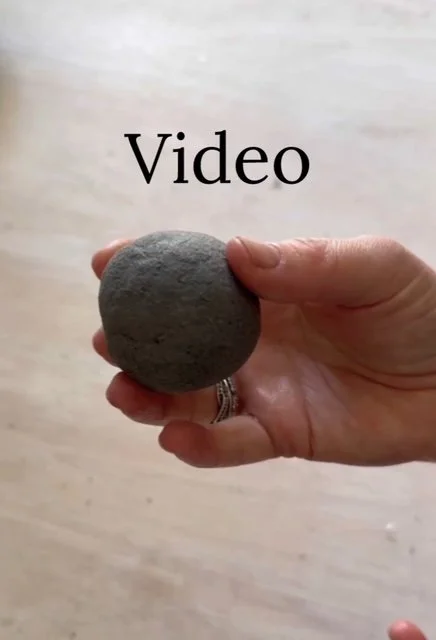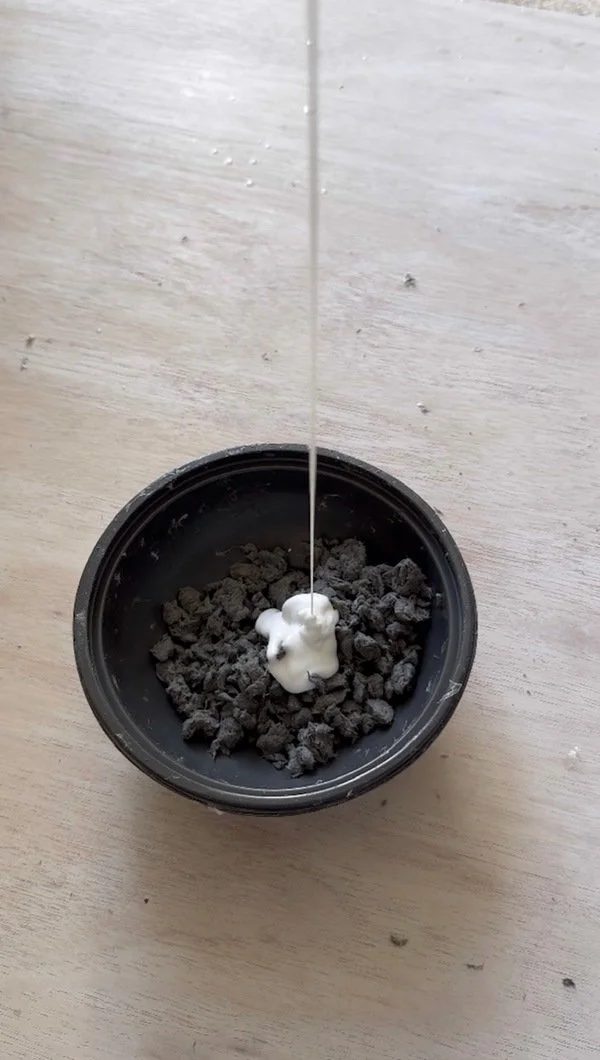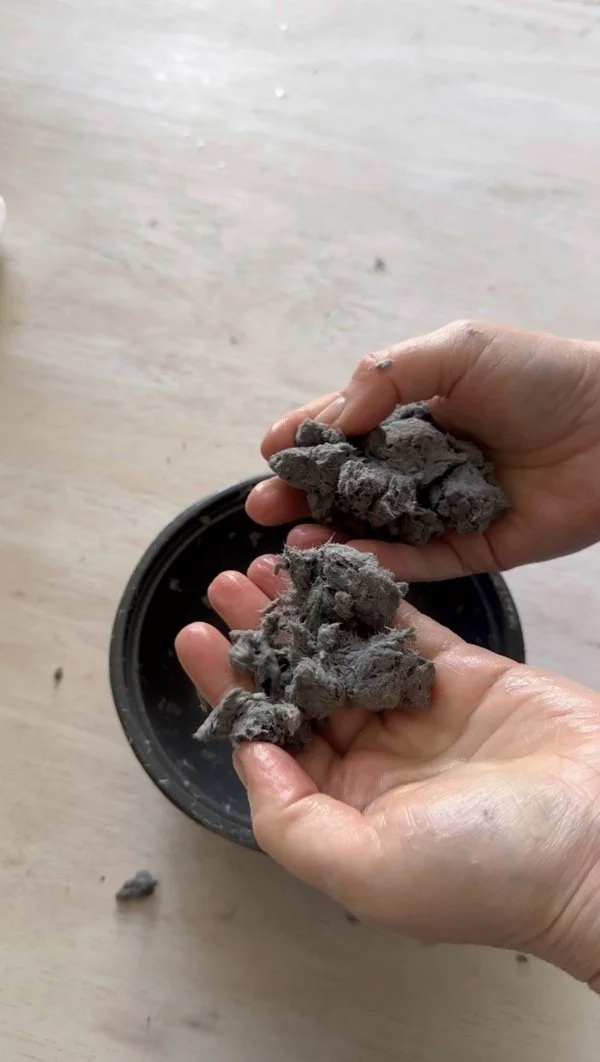How to Make Good Paper Pulp – and Why There’s No Single Recipe
Why I Wrote This
I decided to write this post because many people who start working with paper pulp struggle with the same thing: how to make a good mix? One that’s pliable, not too dry or too wet, holds its shape but is still easy to work with.
And while I’d love to give you an exact recipe — I can’t. Because honestly, there is no universal formula.
It's Like Working with Dough
I’ve been working with paper pulp for quite a while now, and honestly, it’s a bit like with pastry chefs. They know by feel whether dough needs more flour or water.
My hands have learned the same with pulp. I can feel when it’s ready — when it’s smooth, elastic, and has just the right moisture. That’s why I can’t tell you how much newspaper, how much water, or how much PVA glue to use.
You simply need to play with it. Touch the pulp, mix it, squeeze it — and observe how it behaves.
Not Every Pulp Needs to Be Smooth
One important thing to understand is that not all pulp needs to be perfectly smooth. It really depends on what you’re making.
Sometimes, a rougher, more fibrous pulp is ideal for building a strong base or structure — it holds its form and adds durability.
On the other hand, pulp that contains more glue — soft and smooth — is great for surface finishes and finer details.
Think Through Your Project First
Before you even start making your pulp, take a moment to think through your project. Break it down into steps or layers.
Ask yourself: What kind of pulp do I need here? What properties should it have — strong? smooth? flexible?
This way, you’ll avoid wasting time and materials. There’s no need to use your finest, smoothest pulp inside something that won’t even be visible.
Trust Your Hands
Paper pulp is a beautiful and forgiving medium, but it asks for patience, a bit of trial and error — and most of all, your hands.
The more you use it, the more you’ll feel what it needs. And that’s when the magic starts.
Short tutorial video below.
Add just enough for the pulp to start binding — but not so much that it gets too wet. It's better to start with less and add more if needed.
Too little PVA glue will make the pulp hard to work with — it won’t bind well and will fall apart.
If the pulp is crumbly or doesn’t hold its shape, just add a bit more glue and mix thoroughly.
If you’ve added too much glue, add more paper.
The excess glue will absorb into the new pulp and help you reach a better consistency — more cohesive and easier to shape.
The pulp should be smooth, slightly elastic, responsive to pressure, and easy to smooth out.
That’s a sign the proportions are right and the mix is ready to use.





